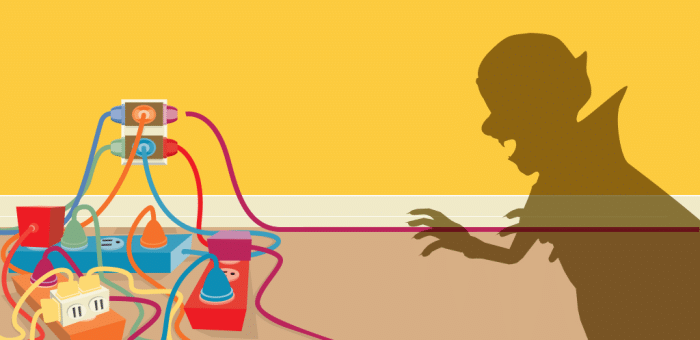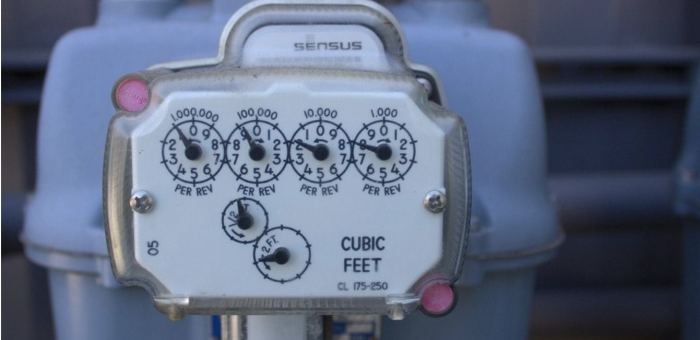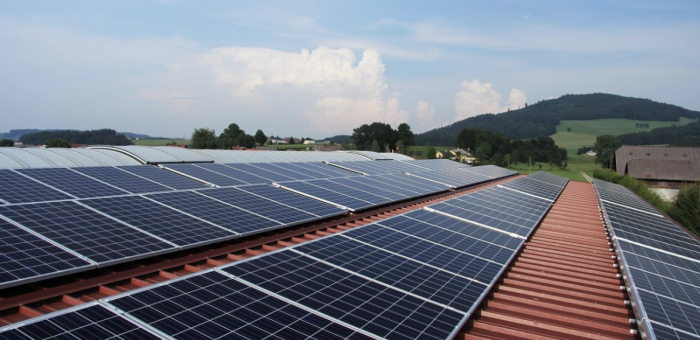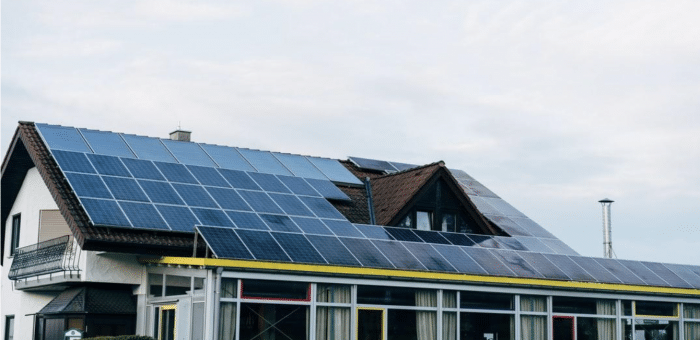Modern living requires a constant supply of energy for round-the-clock use in homes. Nationwide, U.S. energy demands are projected to rise by 7% in the next 20 years, accompanied by an increase in the cost of electricity. About 70% of the electricity used in the U.S. comes from burning fossil fuels in power plants, contributing to an increased release of toxic fumes.
To reduce your cost of living and minimize environmental pollution, you need to make efficient energy choices. Power Wizard strives to empower homeowners with relevant knowledge, tools, and appliances to prevent a power crisis. Here is further insight into how to reduce your energy usage.
[ctafirst]
Factors That Contribute to Energy Usage and Consumption
Weather
Weather is an unpredictable phenomenon that can significantly affect your household’s energy consumption. Hot summer months mean your air conditioning will be working extra hard to keep you cool. Conversely, your furnace will have to work overtime to provide enough heat during long, cold winters. High humidity and rainfall can make exploiting sunlight to dry clothes quite a hassle, increasing your usage of electric dryers.
Number of Home Occupants
People often have different living habits that have a cumulative impact on their household’s power usage. If you have a home office, you tend to spend more time at home and consume more electricity with different office electronics. Energy consumption will also increase with more people taking hot showers. You may experience a spike in energy usage during the holidays, when there is an increase in visitors.
Your Home’s Design
Old house models lack proper insulation and are at risk of excessive heat loss during winter. You may also end up cranking up the thermostat temperature during regular gusts of strong wind that push out the warm, ambient air in an improperly sealed home. Poorly maintained furnaces also greatly diminish indoor air quality and increase the workload on your ventilation system.
What Are the Biggest Energy Users in Most Households?
Air Conditioning and Heating
Heating, ventilation, and air conditioning (HVAC) systems can account for up to 35% of a building’s energy usage. The typical HVAC system consumes about 3,500 watts when operating 2 to 3 times an hour for 10 minutes. Depending on your system’s proficiency, you can utilize 27 to 62 kilowatts in 24 hours, which translates to 840 to 1,940 kilowatt-hours every month.
Water Heating
Your water heating system can account for 18% of your total power bill, making it the second-biggest household energy consumer. A typical water heater uses 4,500 watts after running for three hours a day. This power consumption translates to 405 kilowatt-hours per month or 13.5 kilowatt-hours per day.
Household Appliances
The combined use of different household appliances can account for another 18% of your electricity bill. Your refrigerator is the biggest consumer at 162 kilowatt-hours per month, as it is constantly on and uses 225 watts. The washer and dryer combine for a close second while consuming 91 kilowatt-hours per month, utilizing 3,045 watts for every hour of use.
Your electric stove and oven are next in line. At medium to high heat, the stove can consume 1,500 watts, and the oven uses 2,500 watts for every hour of use. This translates to 45 and 75 kilowatt-hours per month, respectively. Cooking appliances also raises your indoor temperature, which increases your AC’s workload. At an energy consumption rate of 300 watts per hour, your dishwasher uses 10 kilowatt-hours of power in a month.
Lighting Fixtures
Lighting makes up 11% of an average home’s energy usage. Light bulbs have different power consumption rates. For example, a 100-watt incandescent bulb uses 0.2 kilowatt-hours in a day if left on for two hours, translating to 6 kilowatt-hours in a month. With about 20 similar bulbs in a home, that results in monthly power usage of 120 kilowatt-hours.
Media Equipment
Electronic media devices use about 4 kilowatt-hours of household energy in a week. This proportion may rise with the proliferation of television sets, desktop computers, mobile phones, set-top boxes, laptops, and gaming consoles throughout homes. Leaving these devices on standby mode further increases your power consumption.
How to Reduce Your Energy Consumption
Pinpoint Sources of Energy That Are Increasing Energy Costs
A power consumption audit is the first step in learning how to reduce your home energy usage. It allows you to identify possible causes of increased energy costs. You can use a smart meter to monitor energy usage in real time. Afterward, you can implement different measures to improve your home’s energy efficiency.
Invest in Energy Saver Products
With modern advances in technology, there comes a time when you need to replace old appliances with newer, more efficient ones. For instance, energy-efficient light bulbs are an excellent alternative to conventional incandescent bulbs. Fitting light-emitting diode (LED) bulbs can lower your electricity consumption by up to 80%. Phantom loads, or appliances left on standby mode, also significantly contribute to your power consumption. Installing smart power strips helps solve this problem by completely shutting down appliances when they’re not in use. A smart or programmable thermostat can also help reduce the amount of energy wasted on insensitive heating and cooling.
Weatherizing your home during remodeling or renovations can solve cooling and heating energy losses. You can use caulk to seal air leaks on stationary objects like cracked walls, vents, and door frames. You can apply weatherstripping on mobile crevices like moveable windows and doors. Replacing single-pane windows with double-glazing alternatives can further minimize heat loss.
Uncover Alternative Energy Sources
U.S. households account for 20% of the world’s greenhouse gas emissions, which significantly contribute to global warming. You can play your part in preventing climate change while lowering your power consumption by switching to eco-friendly energy sources. The sun, water, biogas, and wind are excellent renewable energy sources.
Solar panels allow you to harness solar energy, and they’re a great start when you’re exploring a move to less dependence on the national grid. You can invest in wind turbines if you live in an expansive area and experience regular wind gusts. Geothermal power is another worthwhile investment, as ground-source heat pumps can provide a durable and efficient heating system throughout your home.
Energy Star and What It Means for Daily Energy Use
Electrical appliances with the Energy Star label are excellent household additions. The label is a federally backed symbol for energy efficiency that the U.S. Environmental Protection Agency issues for products that can significantly contribute to nationwide energy savings. The certification is a simple, reliable, and impartial way of making informed buying choices.
Energy Star-certified products provide a cost-effective means of achieving efficient home energy usage. For example, approved washers consume 33% less water and 25% less energy than regular washers. Energy Star-labeled refrigerators consume 9% less energy than conventional ones.
The Importance of Making Efficient Improvements in Your Home
Minimizing your home energy consumption helps lower your cost of electricity, improves your energy security, and contributes to environmental conservation. Despite the numerous appliances and daily activities that expend your energy, you can implement various strategies to minimize your output. Gain access to different electric plans at Power Wizard’s one-stop shop.
[ctasecond]
More From the Power Wizard Blog
-
Affordable Electric Bill: Power Wizard’s Promise of Protection
Sarah, a proud Texan, knows that everything is bigger in Texas – including the choices when it comes to electricity providers. She’s no stranger to the complexities of deregulated energy markets. With a bustling household, she juggles work, family, and keeping the lights on. But there’s one thing Sarah doesn’t want to juggle: her electric bill. […]
View Article -
Vampire Energy: How Phantom Power Drains Your Wallet and the Environment
Imagine your home filled with silent energy sippers, lurking in the shadows, unnoticed yet constantly draining power and your wallet. Vampire energy, or phantom load, refers to the electricity electronic devices consume, even when turned off or in standby mode. These energy vampires are prevalent in every household and workplace, from the charger left plugged […]
View Article -
The Top Sources of Carbon Emissions in the U.S.
Climate change due to rising global temperature seriously threatens the natural ecosystem. It can result in erratic weather featuring intense drought, heat waves, melting ice caps, warming oceans, and increased storms when left unchecked. As the impact of climate change worsens, the risk of biodiversity loss and human extinction gets bigger. Table of Contents What […]
View Article -
California Solar Tax Credit & Incentives for Residential Rooftop Solar
Are you considering investing in residential solar panels in California? You’re not the only one. Research shows that California was ranked number one out of 50 states in 2022 for solar power generation, with more than 11 million homes powered by the sun. A major reason why solar power is popular statewide is that prices have dropped […]
View Article -
What Should You Include in an Energy Efficiency Audit?
Rising energy costs mean higher electricity bills, and for the average homeowner or business, a little savings each month can add up to extra cash at the end of the year. If you’re looking for ways to reduce your home’s energy consumption, performing a home energy audit is a great place to start. Table of […]
View Article -
How to clean your solar panels
Click on a section to skip directly to it: Why is it important to clean your solar panels?Solar panel cleaning: a step-by-step breakdownMake sure you’re saving the most on your monthly energy bill Have you considered installing a renewable energy source at your home? Power Wizard recommends trying solar energy, which accounts for 3% of […]
View Article -
How to Reduce Your Carbon Emissions
Click on a section to skip directly to it: Why is it necessary to lower carbon emissions?Steps to take to minimize your carbon emissionsReduce your carbon emissions with carbon offsets Carbon emissions refer to the measure of the impact of human activities on global warming and climate change. Every person on the planet contributes, directly […]
View Article -
Solar Energy Credits: Everything You Need to Know
Solar panels are a great way to save money. They are energy efficient and reduce the impact of electricity production on the environment. You can get them installed on the roof of your house to reduce your reliance on the electric grid. Once installed, solar panels help passively produce energy from the sunlight — as […]
View Article













